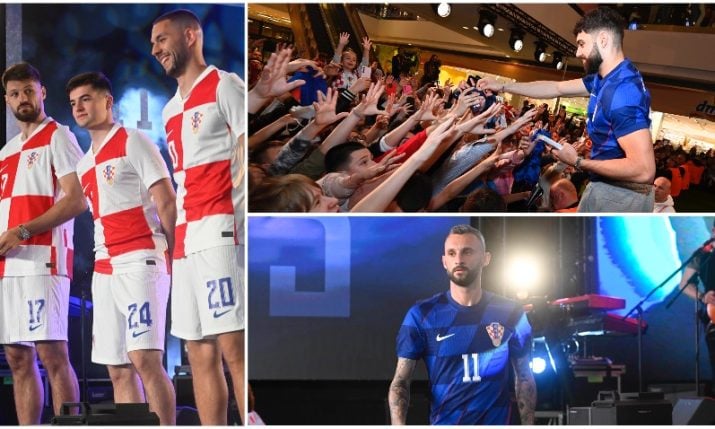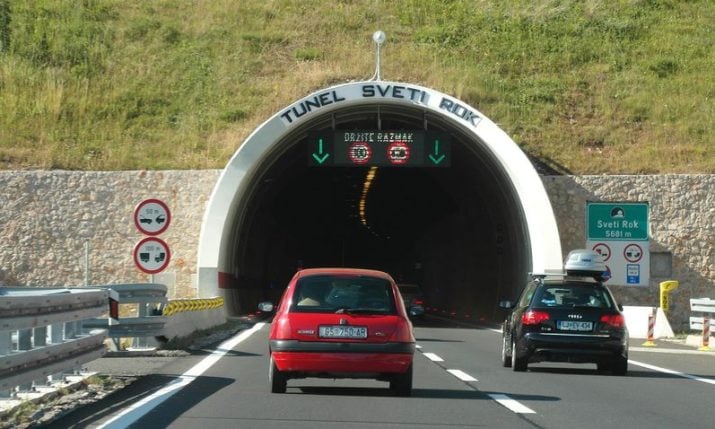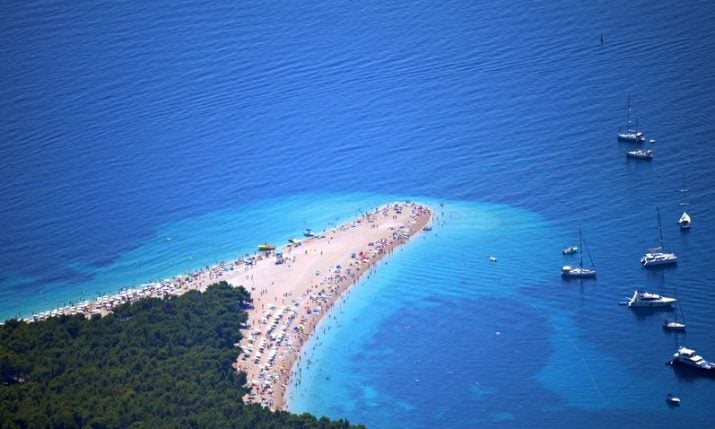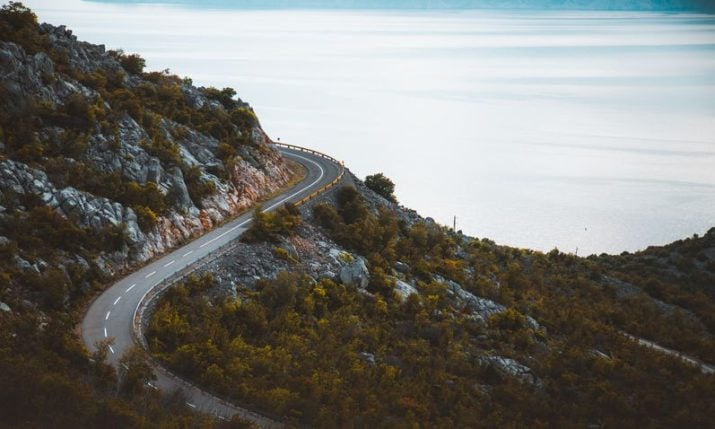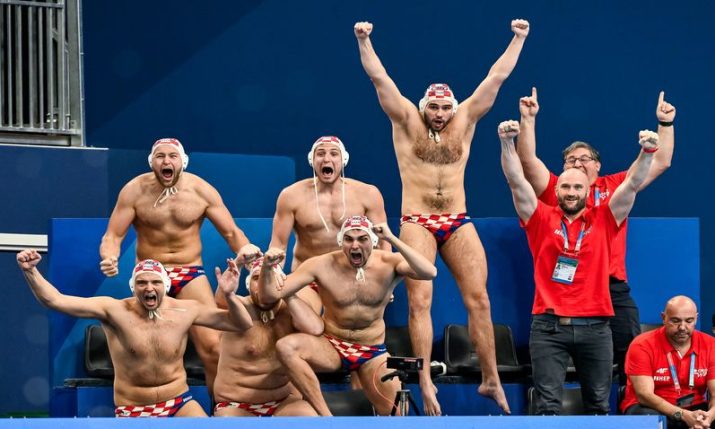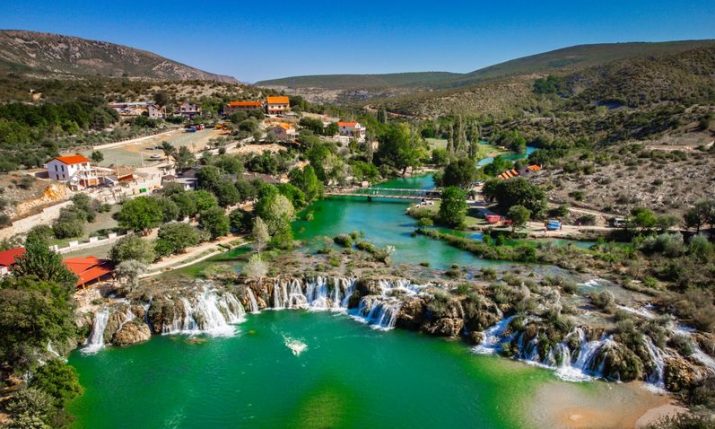How cities and towns in Croatia got their names
- by croatiaweek
- in Entertainment
There are countless theories about how certain Croatian cities and towns got their names and some of the origins are more easily traceable than others.
Starting with the capital Zagreb, Buzzara reveals the most likely origins of some cities and towns across Croatia.
Zagreb
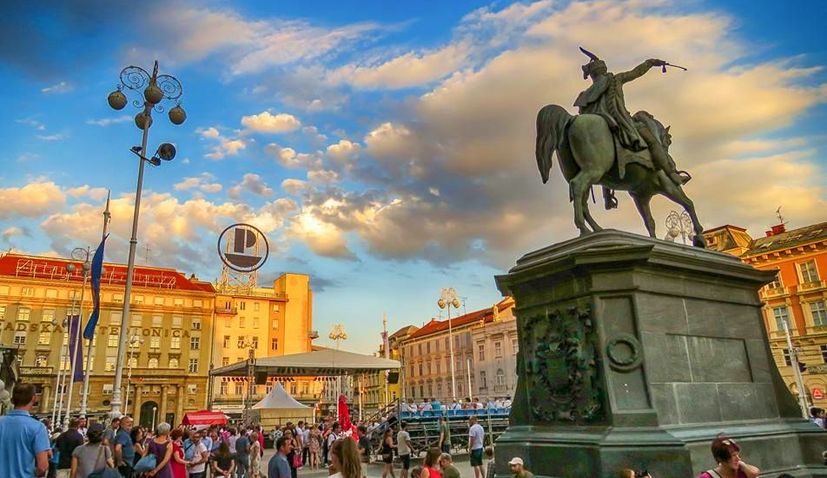
Zagreb (Photo credit: Sandra Tralić)
There are many theories about the origin of the name Zagreb. In Croatian folk etymology, the name of the city has been derived from either the verb za-grab, meaning “to scoop” or “to dig”, or from the word greb which means hill, uplift.
In one folk legend, a city governor is thirsty and orders a girl named Manda to “scoop” water from Manduševac well (today a fountain in Ban Jelačić Square), using the imperative: zagrabi, Mando! (“Scoop, Manda!”).
The old German name of the city was Agram.
Split
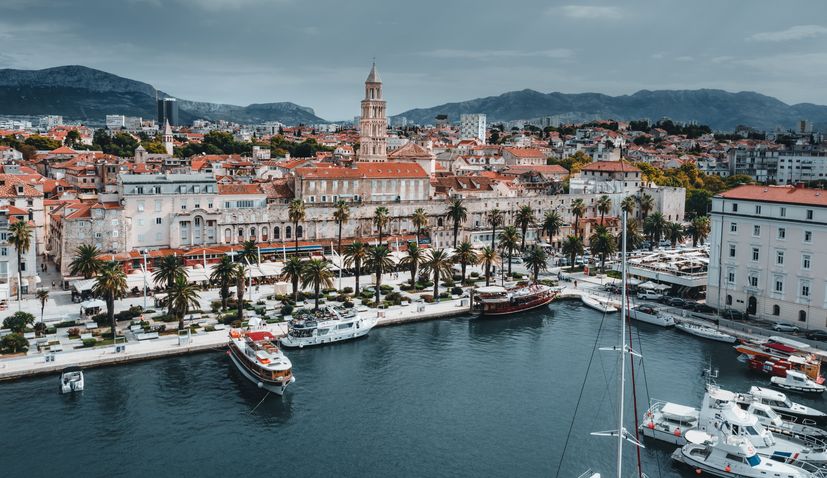
Split
It is believed the city draws its name from a common shrub (Calicotome spinosa) in the area, after which the Greek colony of Aspálathos or Spálathos was named. As the city became a Roman possession, the Latin name became Spalatum.
The Croatian term became Split or the Italian-language version, Spalato, became universal in international usage by the Early Modern Period. In the late 19th century, the Croatian name increasingly came to prominence.
Rijeka
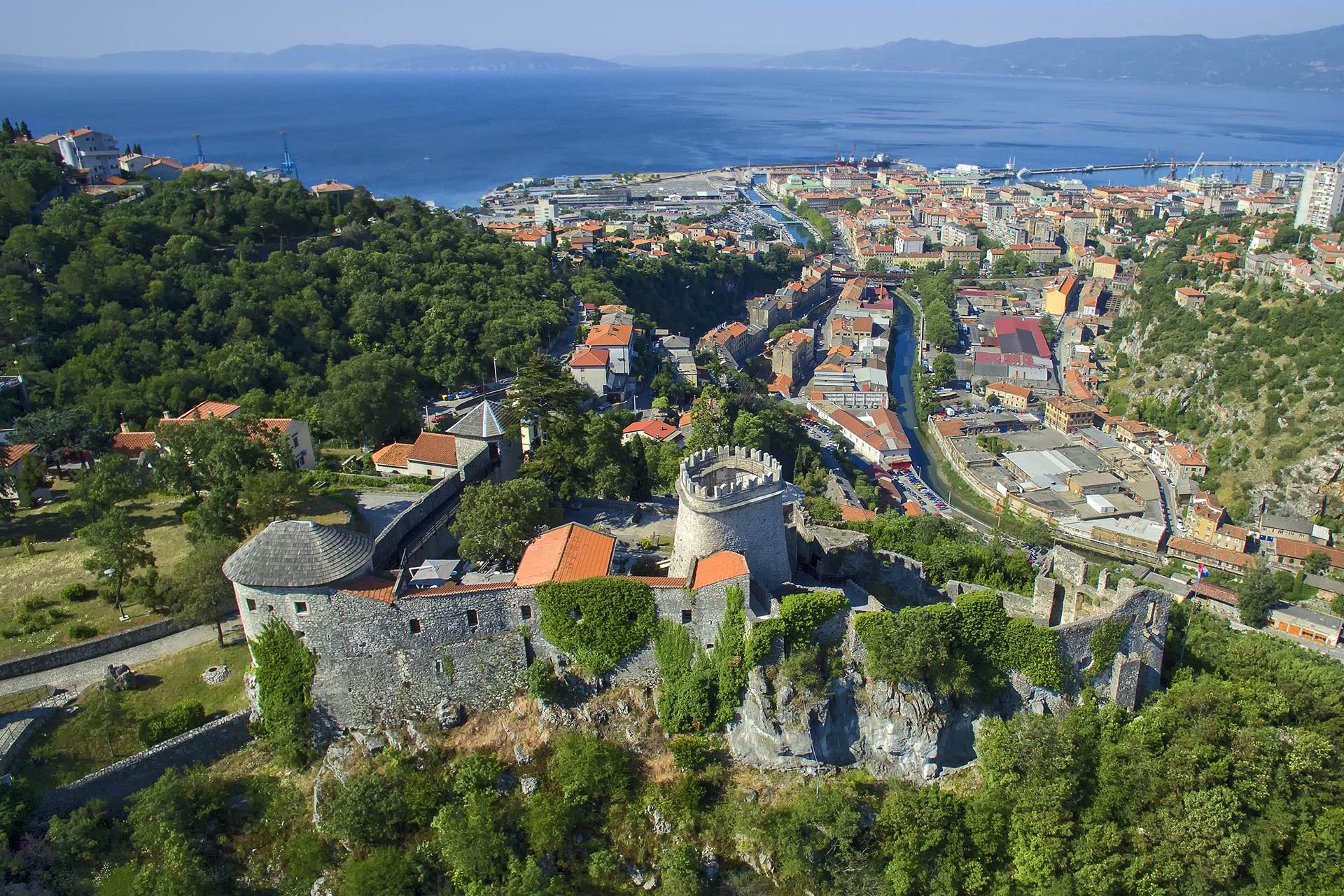
Rijeka (Photo credit: Ivo Biocina/CNTB)
Historically, Rijeka was also called Tharsatica, Vitopolis or Flumen (River in Latin). The city is called Rijeka which means river in Croatian.
Osijek
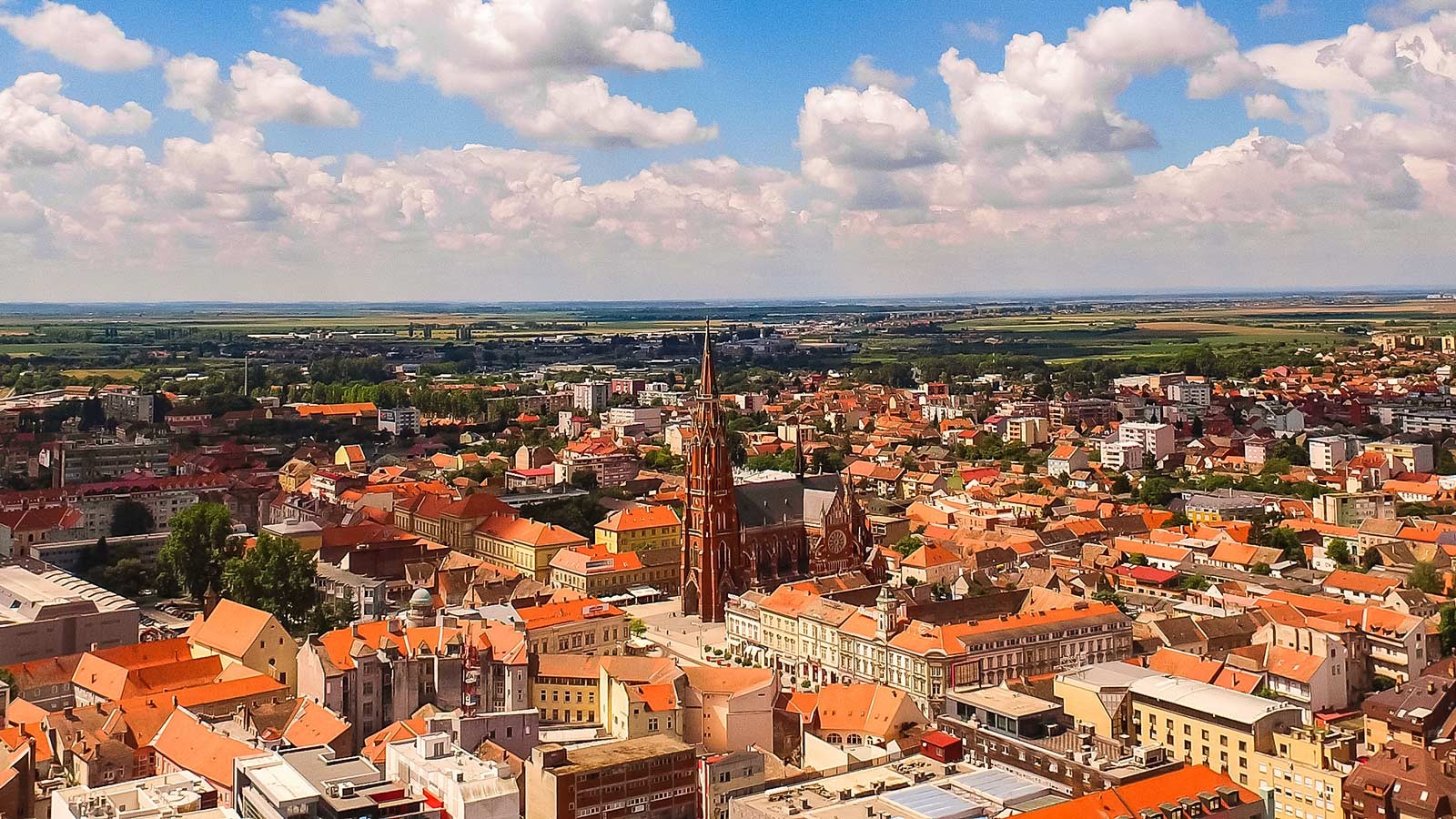
Osijek (Photo credit: Ivo Biočina/Croatian National Tourist Board)
The name was given to the city due to its position on elevated ground which prevented the city from being flooded by the local swamp waters. Its name Osijek comes from the Croatian word “oseka” which means “ebb tide”.
Throughout its history, Osijek has had names in other languages like Esseg or Essegg in Germany and Esgek in Latin.
Zadar
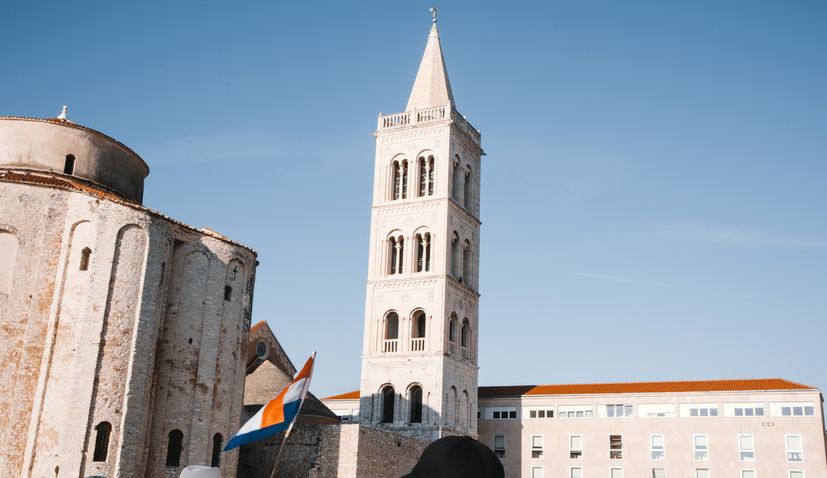
Zadar (Photo credit: Sangia)
Most likely the city of Zadar derived its name from Iadera and Iader in ancient times. It was most probably related to a hydrographical term, coined by an ancient Mediterranean people.
In the Dalmatian language, Jadra (Jadera) was pronounced Zadra (Zadera), due to the phonetic transformation of Ja to Za.
Jadera became Zara when it fell under the authority of the Republic of Venice in the 15th century. The city became part of Italy as Zara, and was named Zadar in 1947.
Dubrovnik
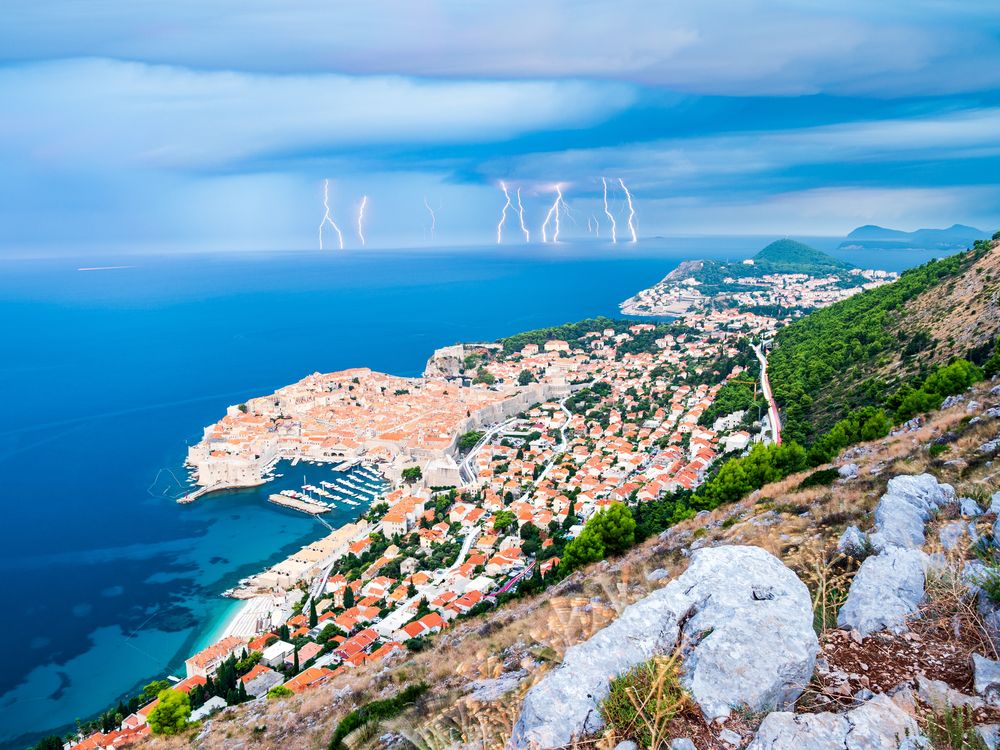
Dubrovnik (Photo credit: Dimitry Anikin/Unsplash)
The city was founded in the 7th century when Latina from the city of Epidaurum (today Cavtat) was sheltered in front of Avara and Slavs on the cliff of Laus (meaning rock). Laus → Lausium → Rausium → Ragusium → Ragusa. Later those same Slavs built a settlement on the southern slopes of Mount Srđ, on the mainland by the cliffs and called it Dubrava, meaning duba (oak) forest.
Šibenik
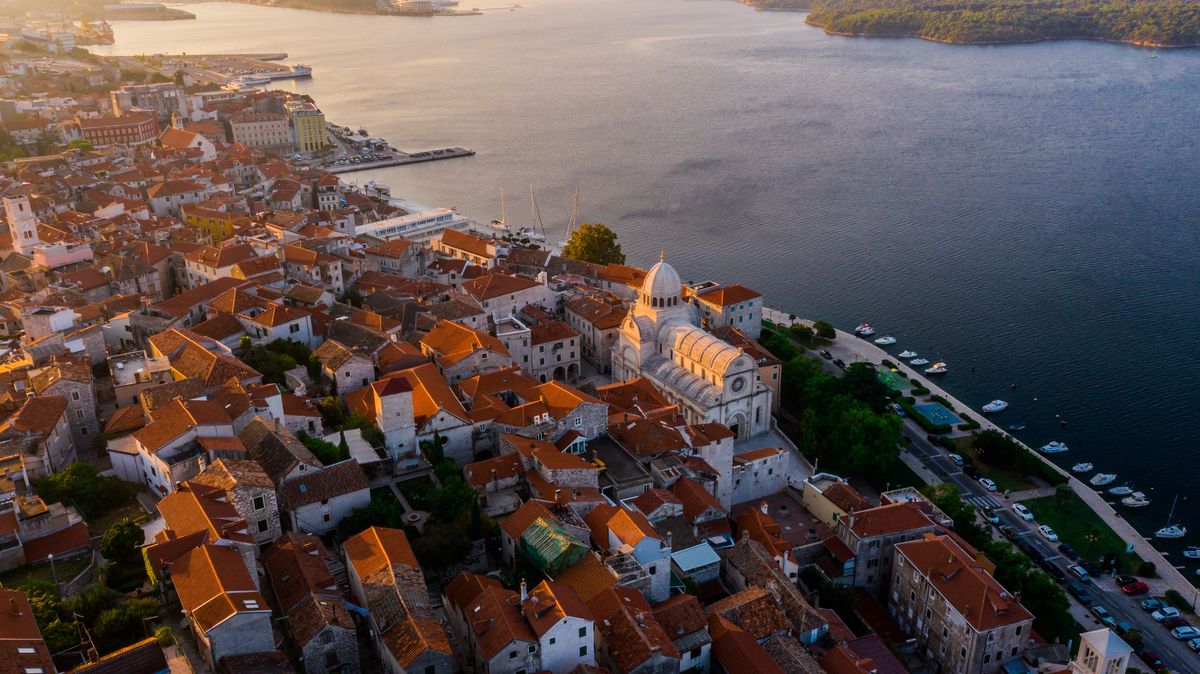
Šibenik (Photo: Hrvoje Klarić)
There are many theories on how the city got its name. One theory is because the city was surrounded by a palisade made of šibe (sticks, singular being šiba). Another theory is connected with the forest named “Sibinicum,” (in Latin) which covered an area within Šibenik and around the area of St.Michael’s Fortress.
Vukovar
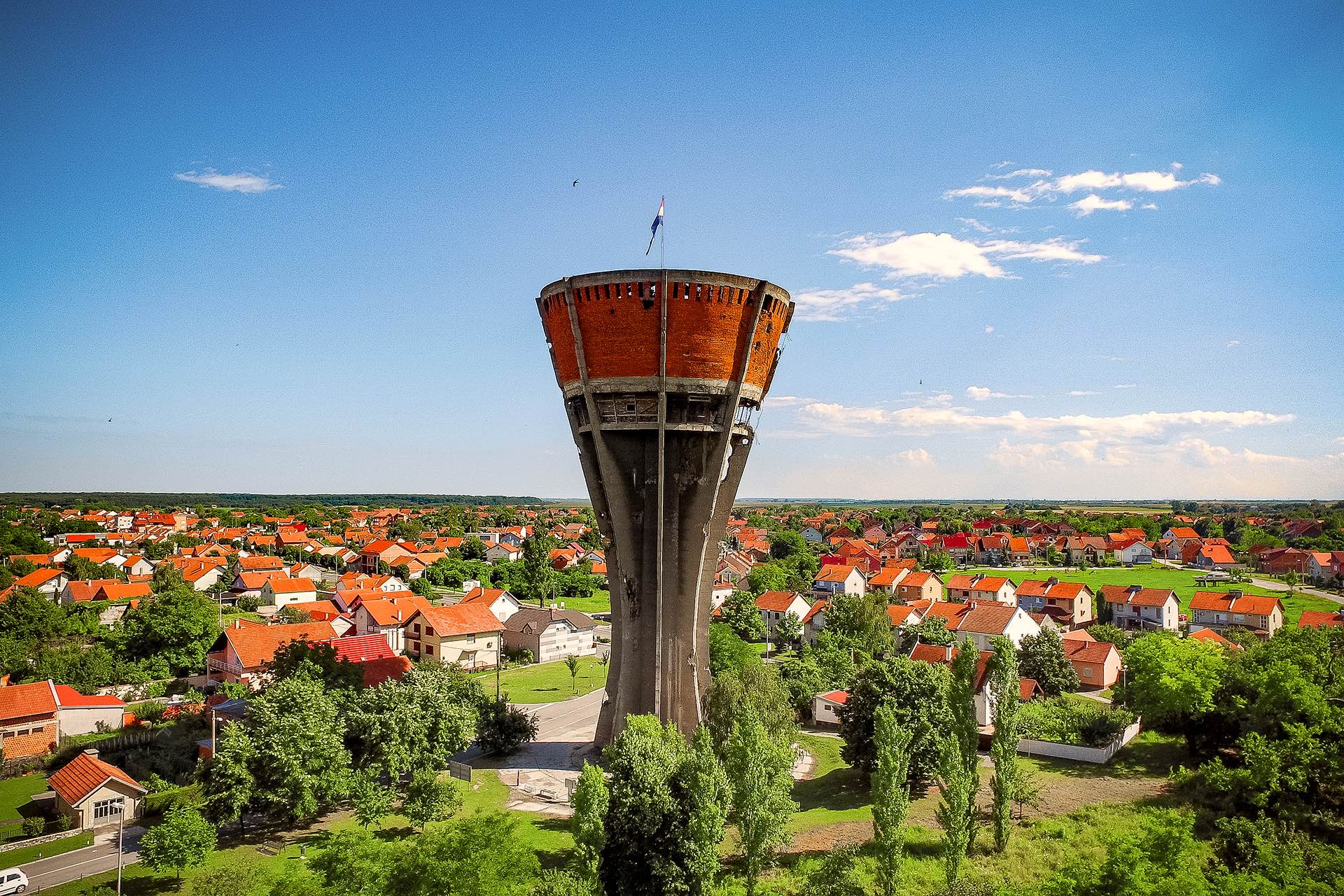
Vukovar (Photo: Ivo Biocina/Croatian National Tourist Board)
Vukovar most likely got its name from the fortress Vukovo which got its name from the Vuka River. The river most likely got its name from the Croatian word for the animal wolf (vuk).
Slavonski Brod
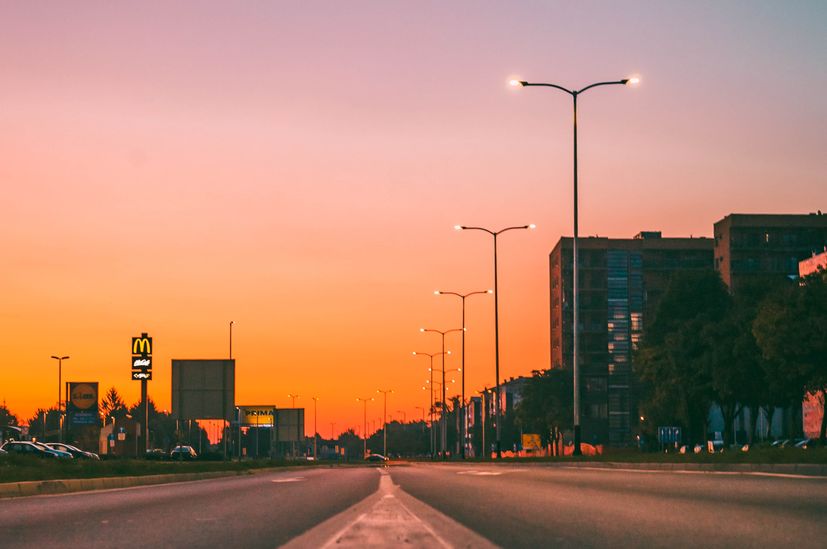
Slavonski Brod
Although brod means ‘ship’ in Croatian, the city’s name relates to an older meaning – ‘water crossing’, ‘ford’. The city was called Marsonia, which meant marsh in the Roman Empire.
Karlovac
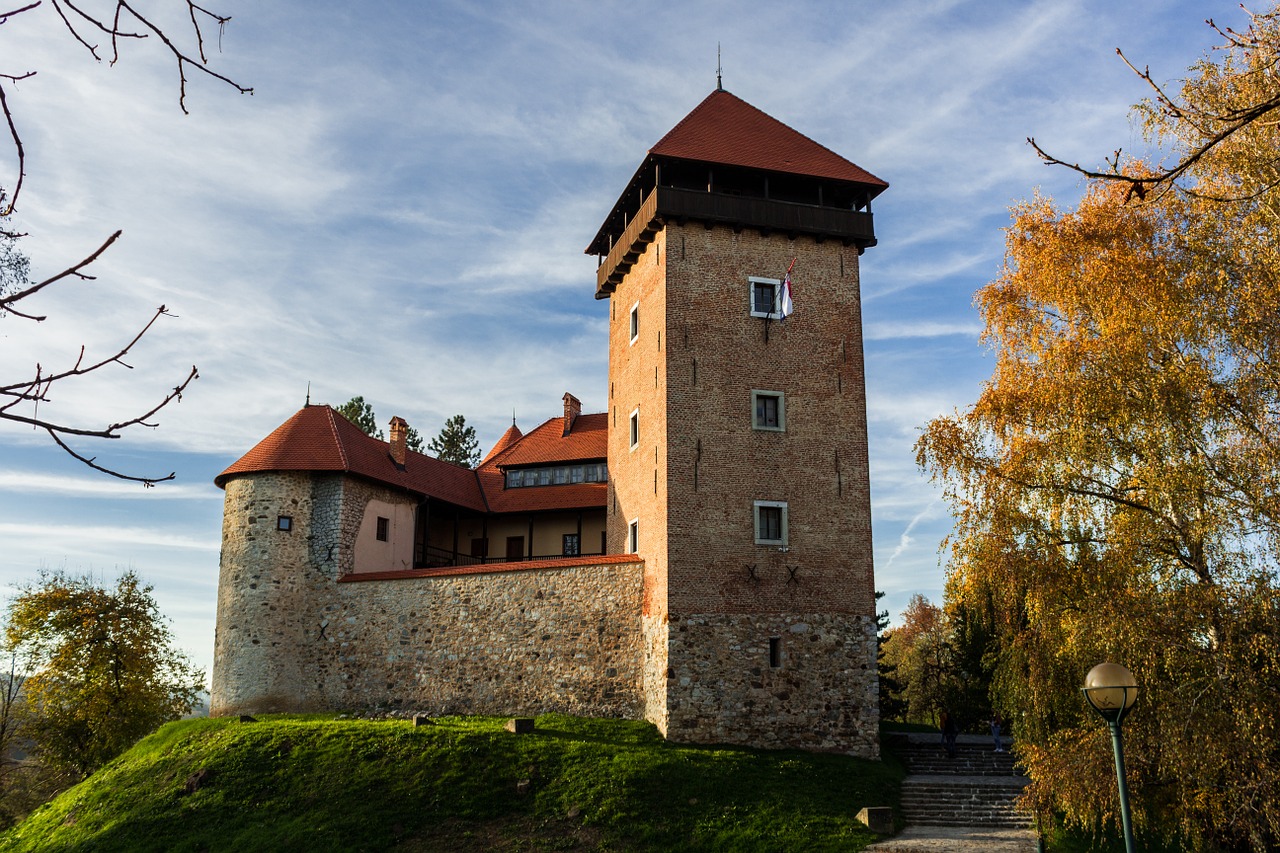
Karlovac
The city was named after its founder, Charles II, Archduke of Austria. The German name of the city was Karlstadt or Carlstadt (“Charles’s Town”).
Sisak
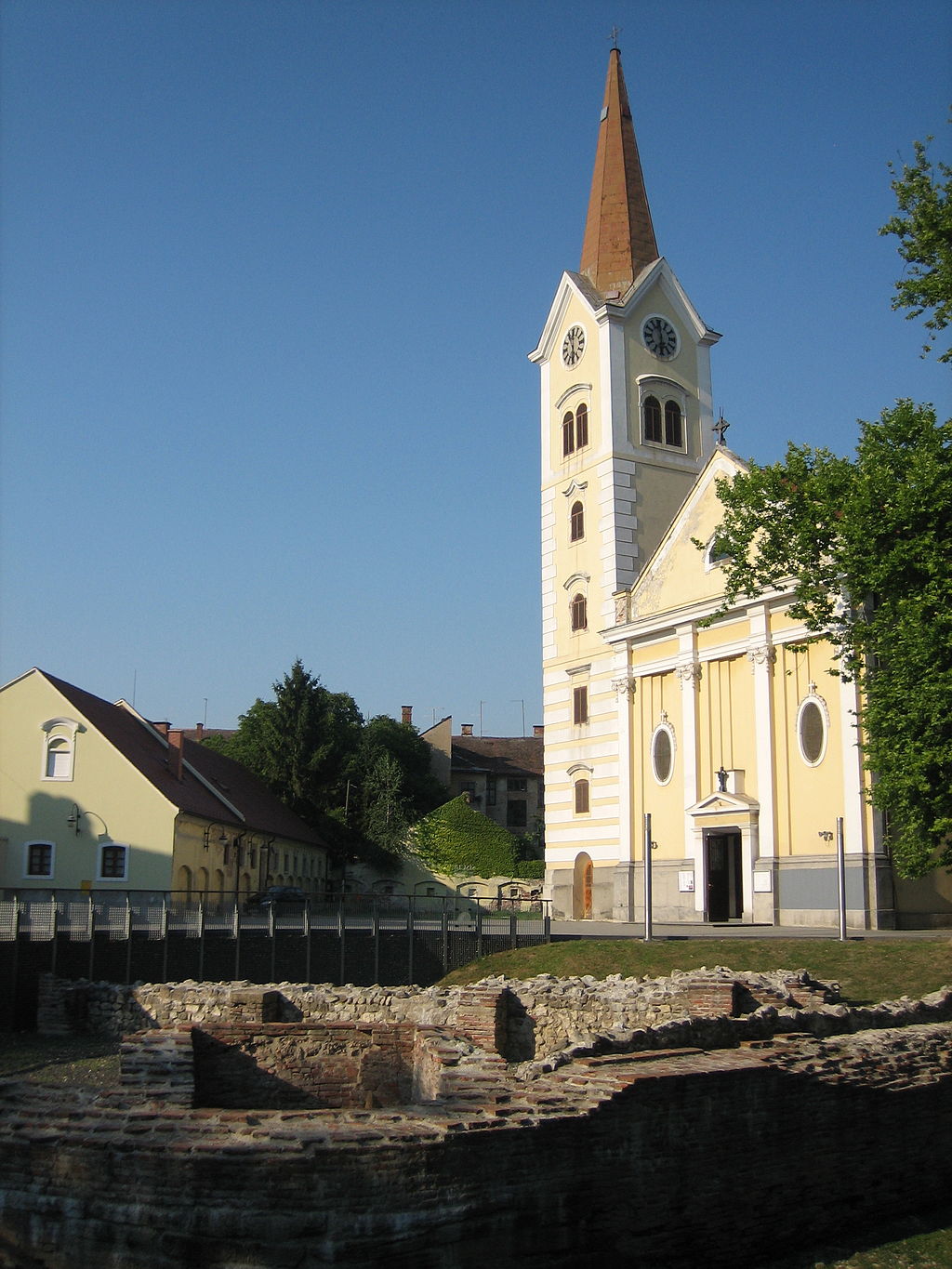
Sisak (Photo: Darko Tepert Donatus /CC BY-SA 3.0)
The city was originally named Segesta or Segestica in ancient times before taking on the Latin name Siscia and eventually in the Croatian language Sisak.
Bjelovar
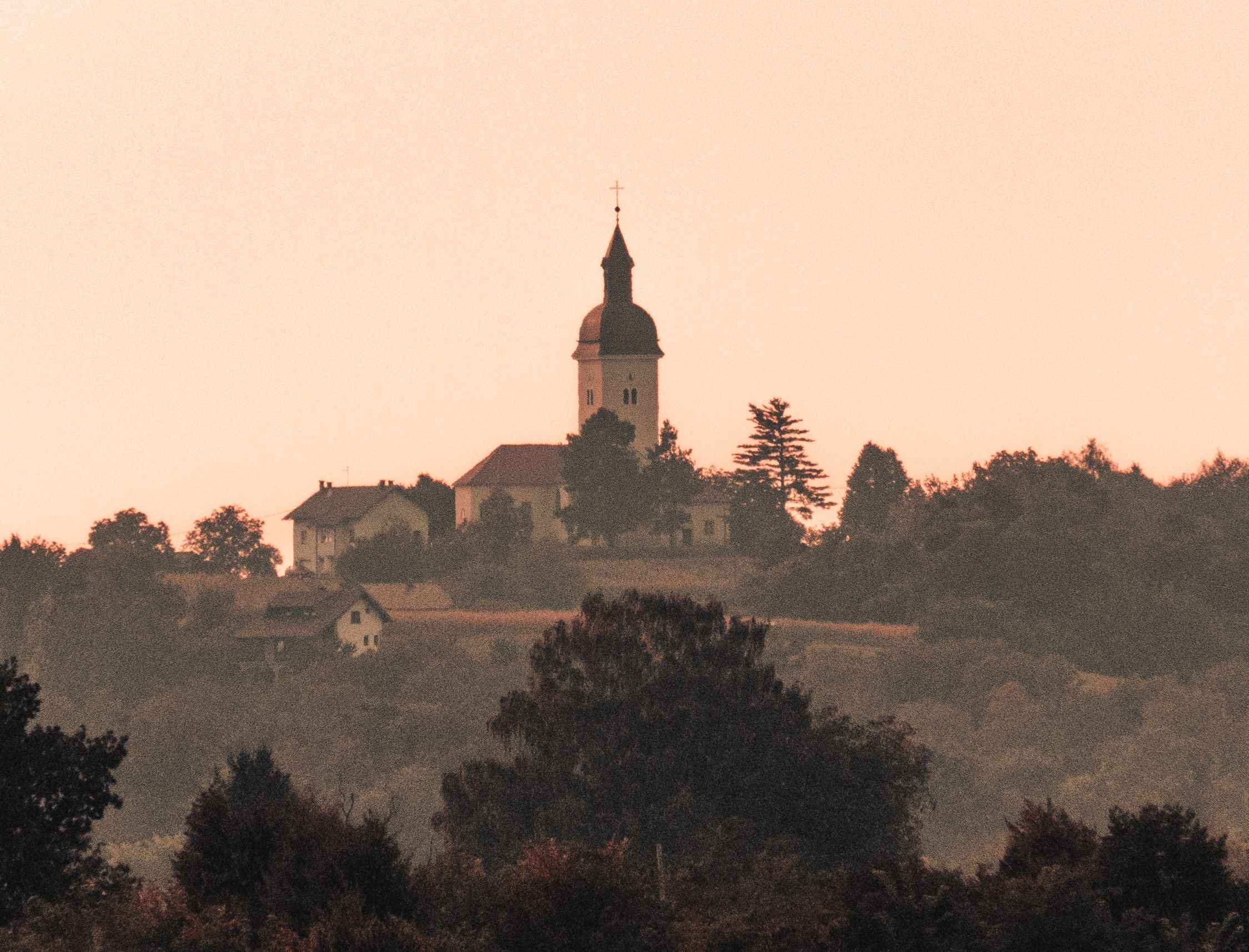
Bjelovar (Photo: David Boca)
Bjelovar means white land. White land was a name for the land that was difficult to farm.
Motovun
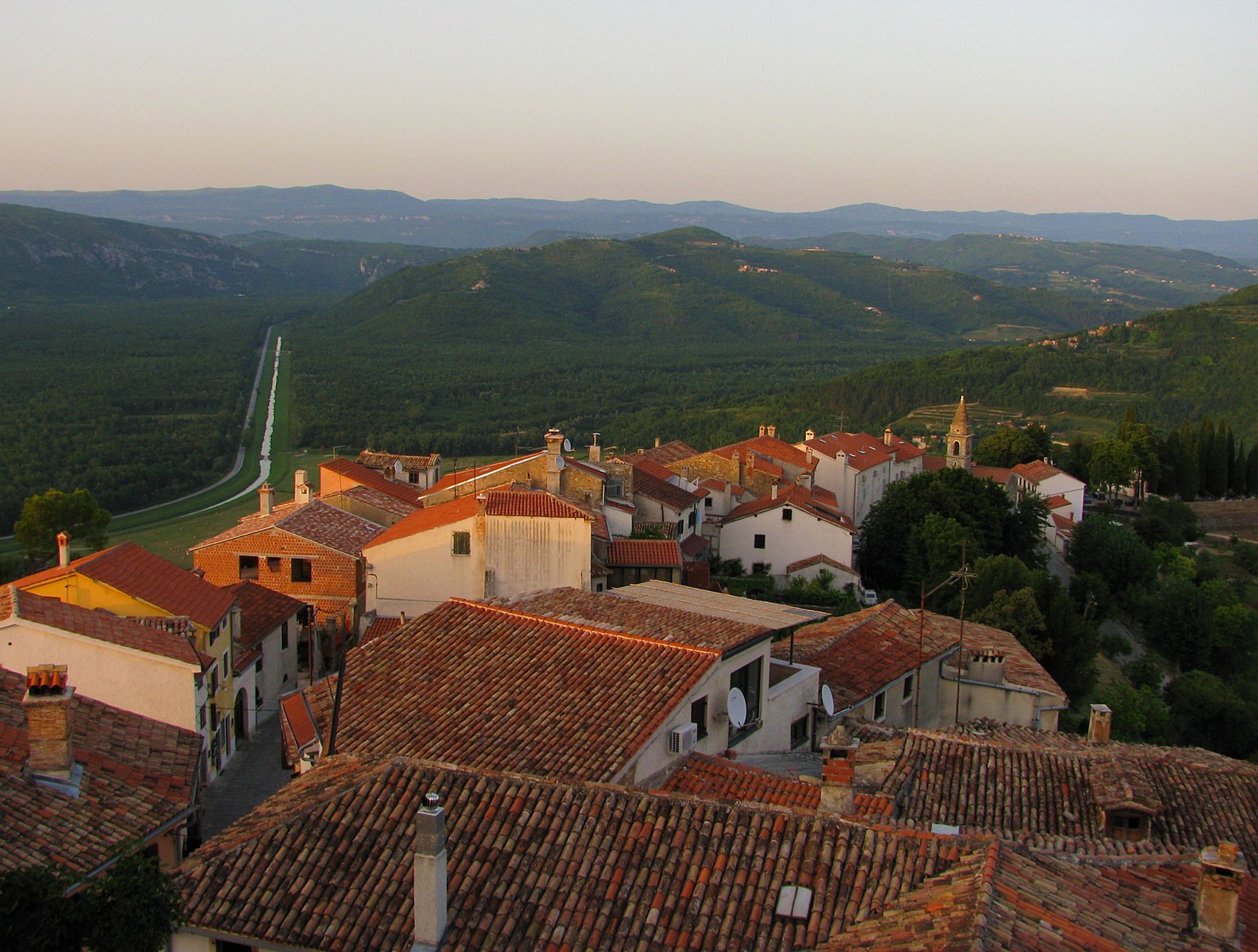
Motovun (Photo credit: Michael J. Zirbes/CC BY-SA 3.0 de)
Motovun got its name before the Roman era when a Celtic tribe inhabited the area. The name is Celtic in origin from the word Montona – which means a town on the hill.



